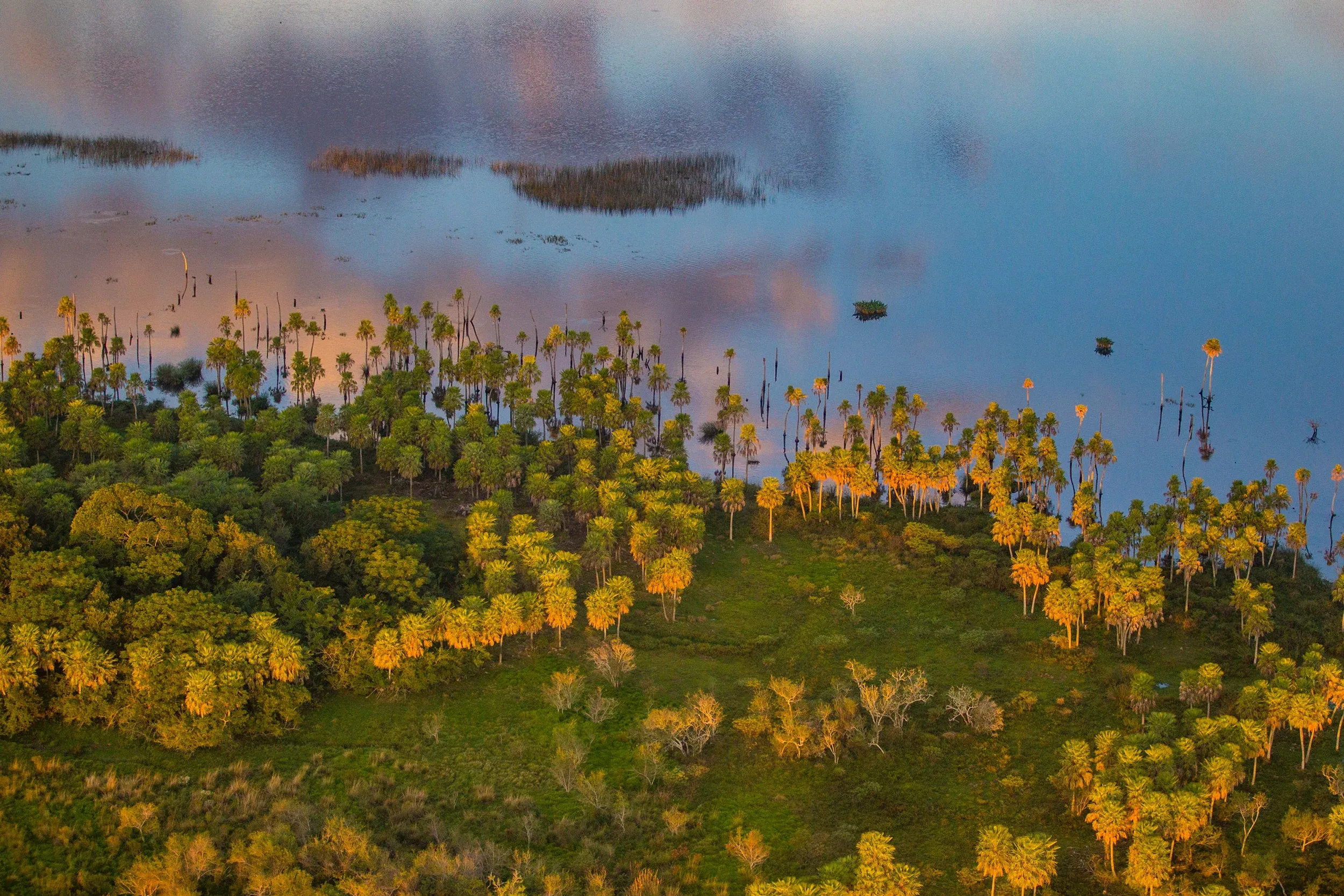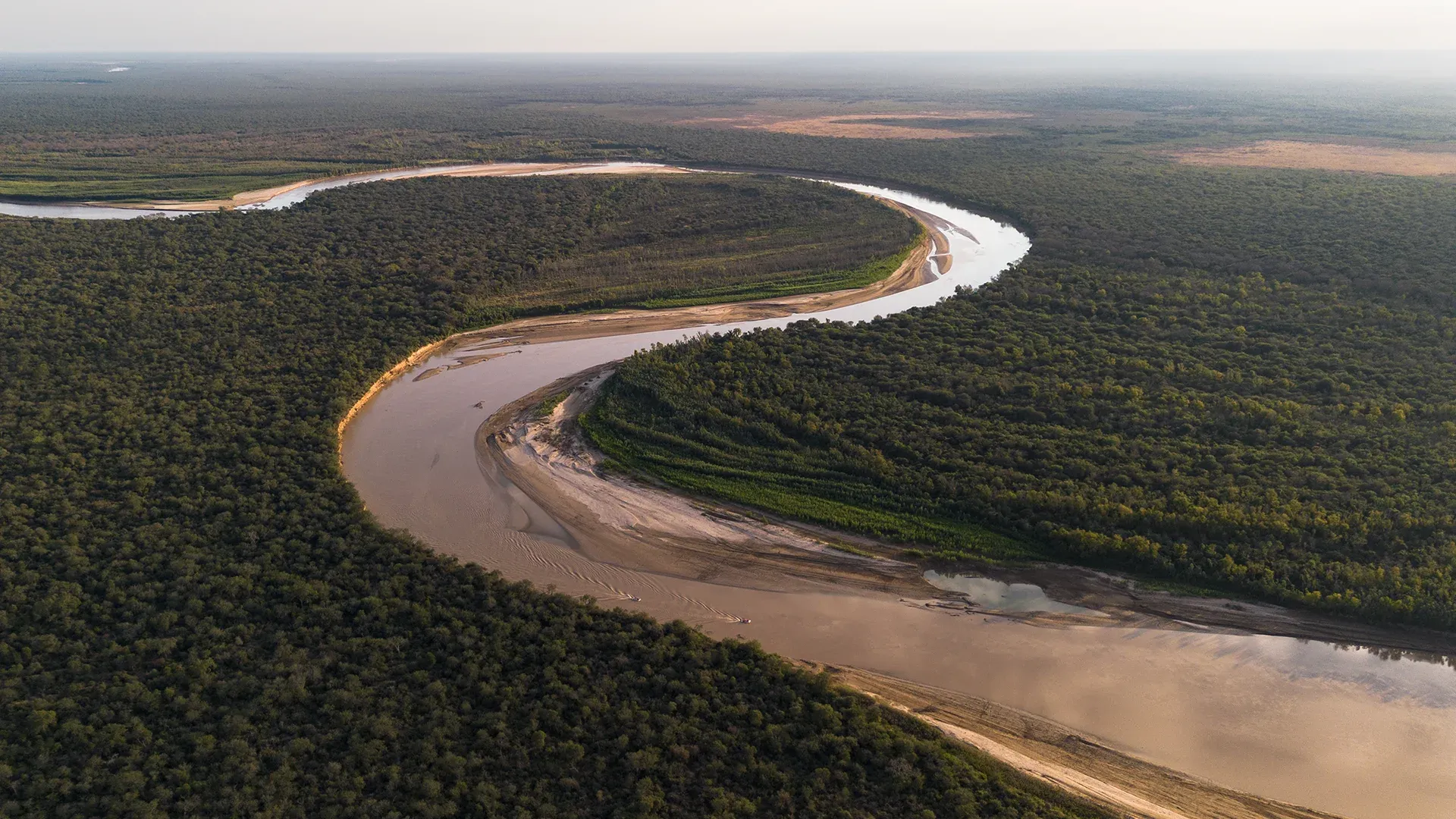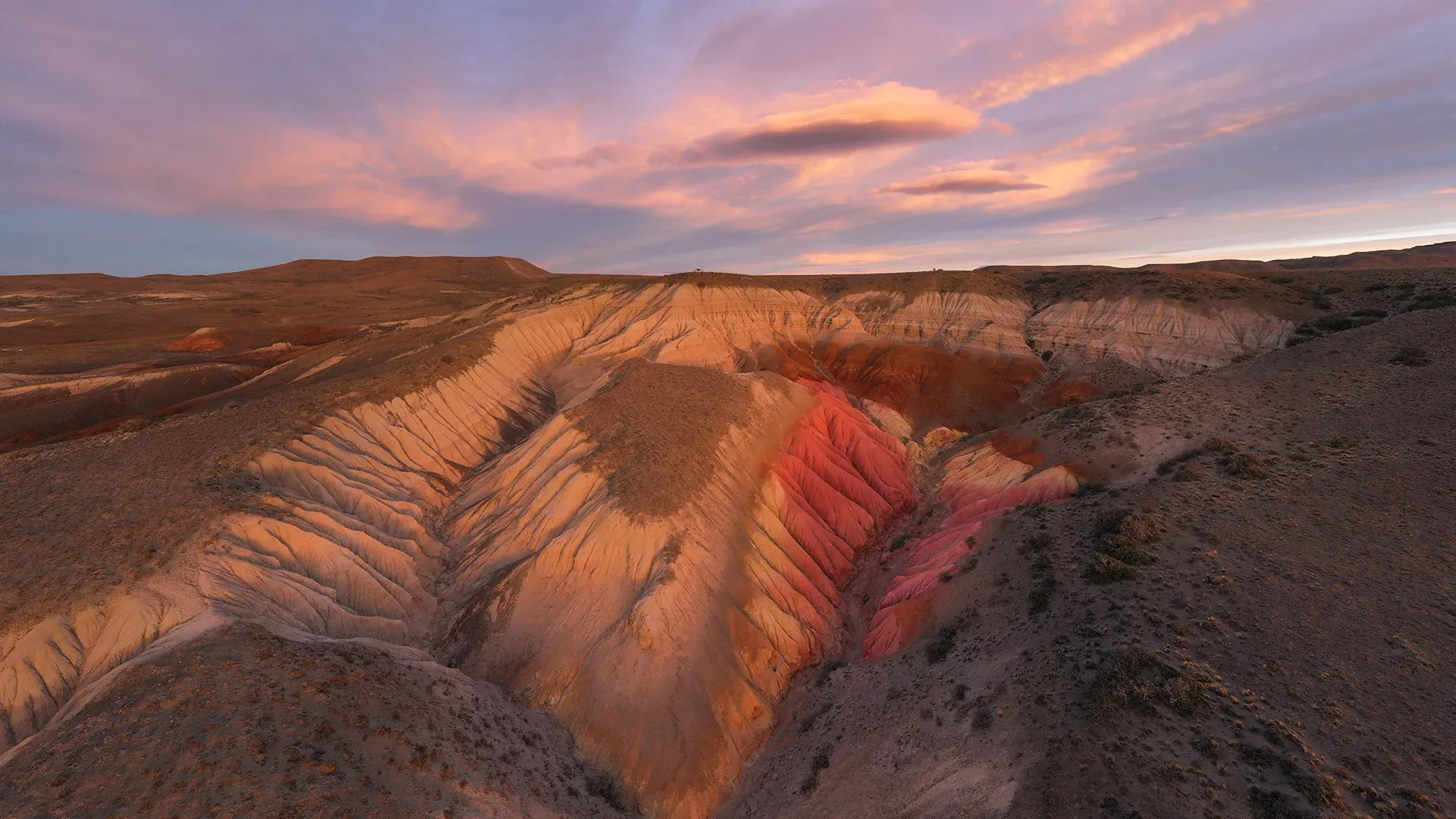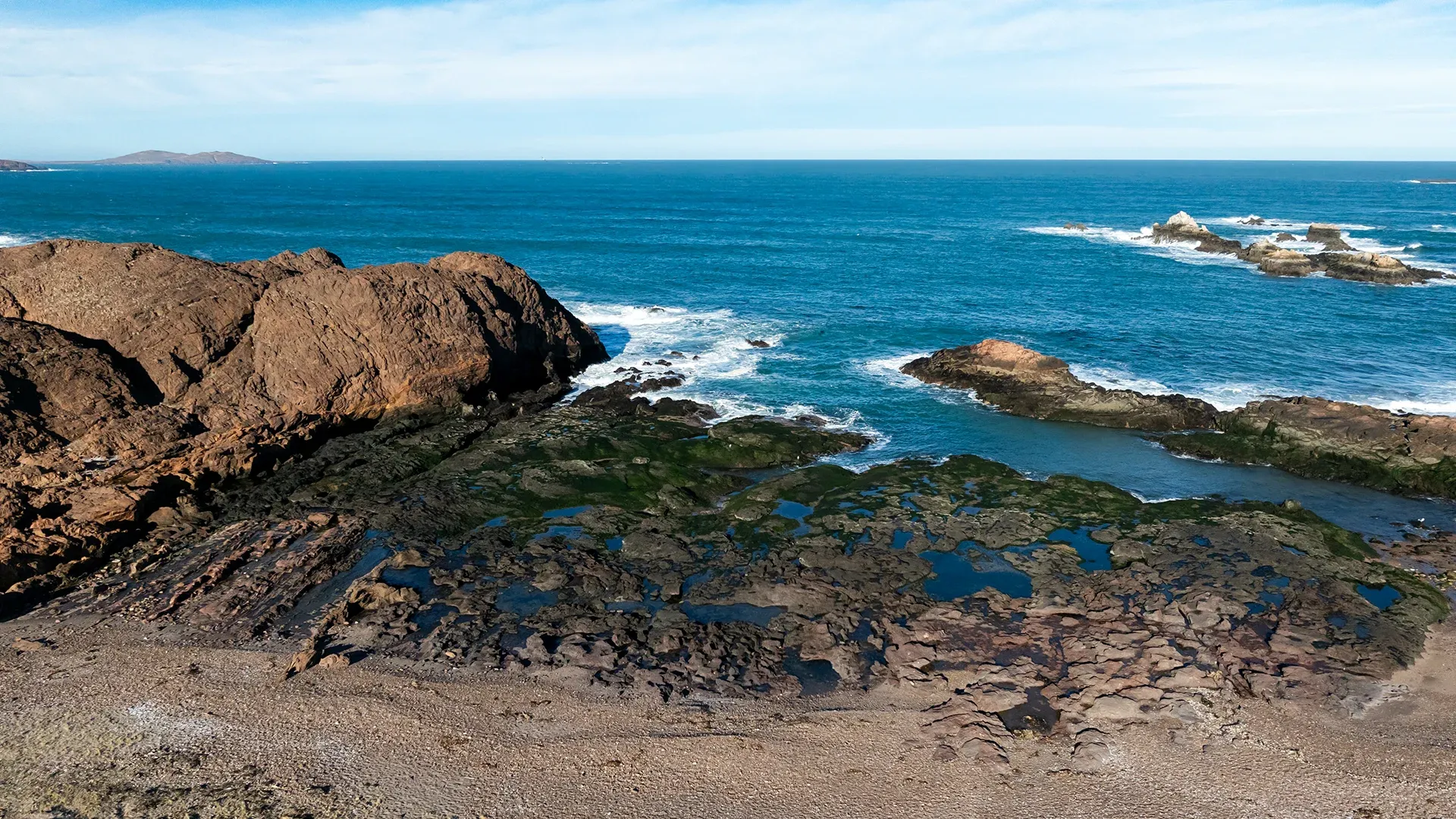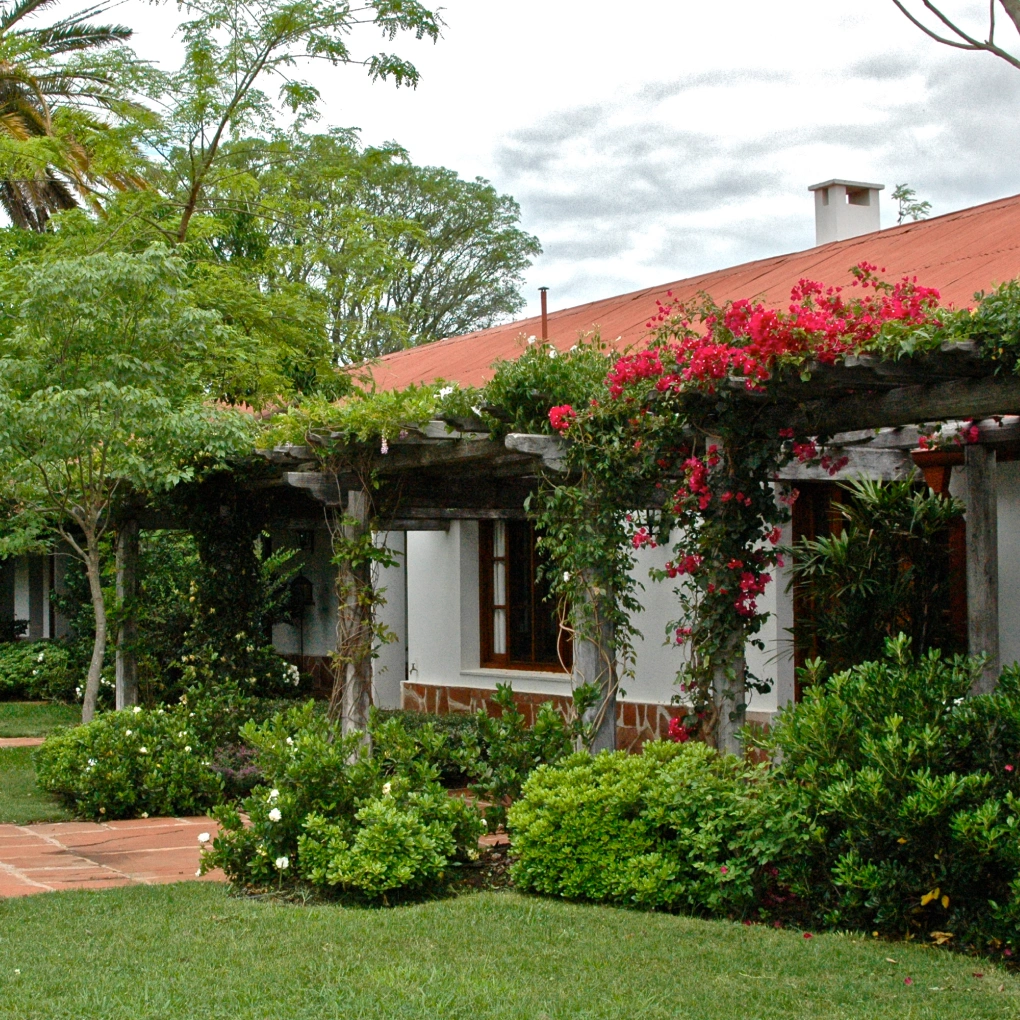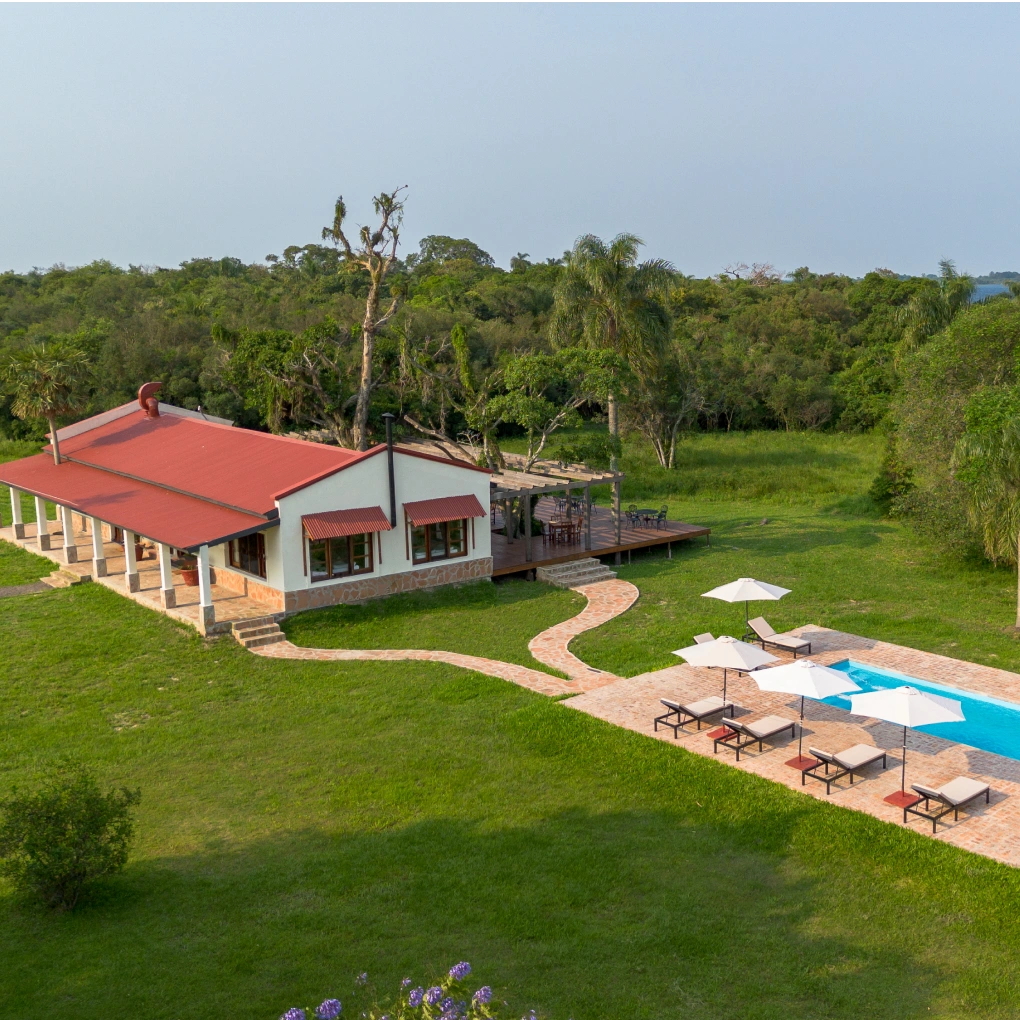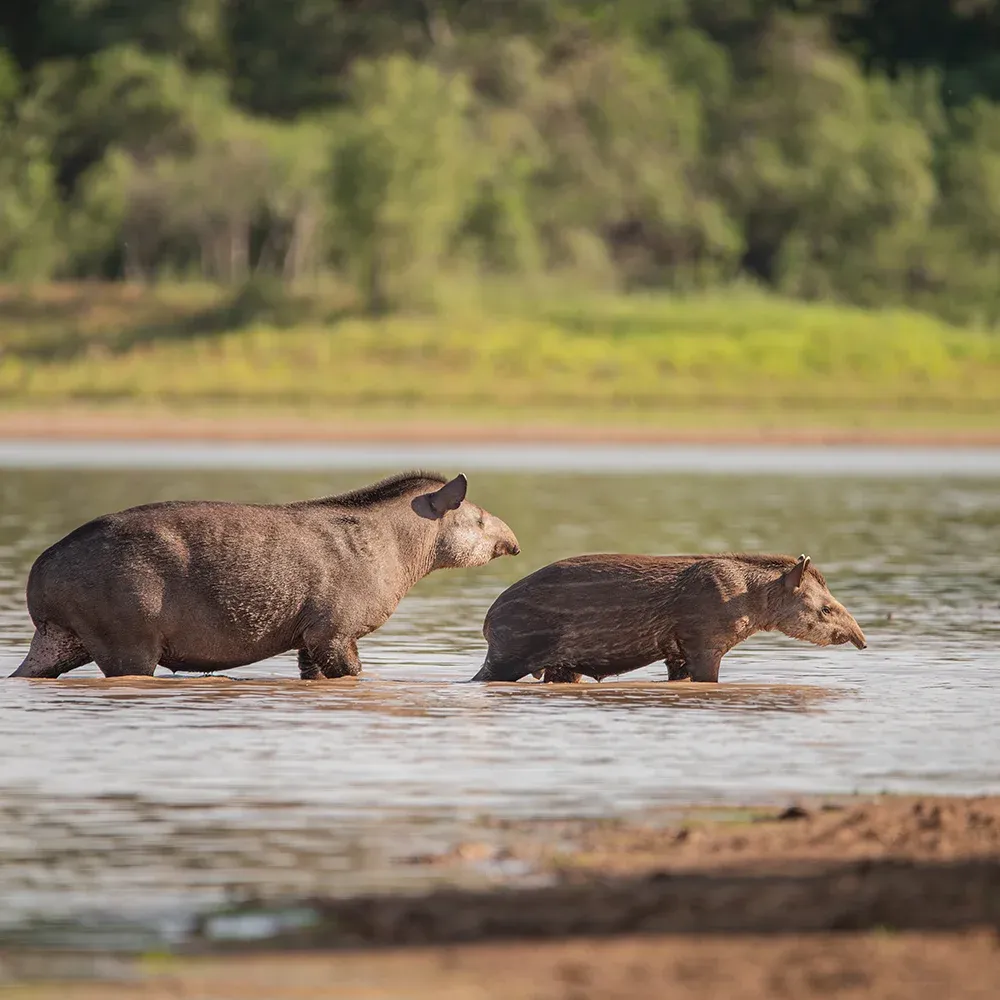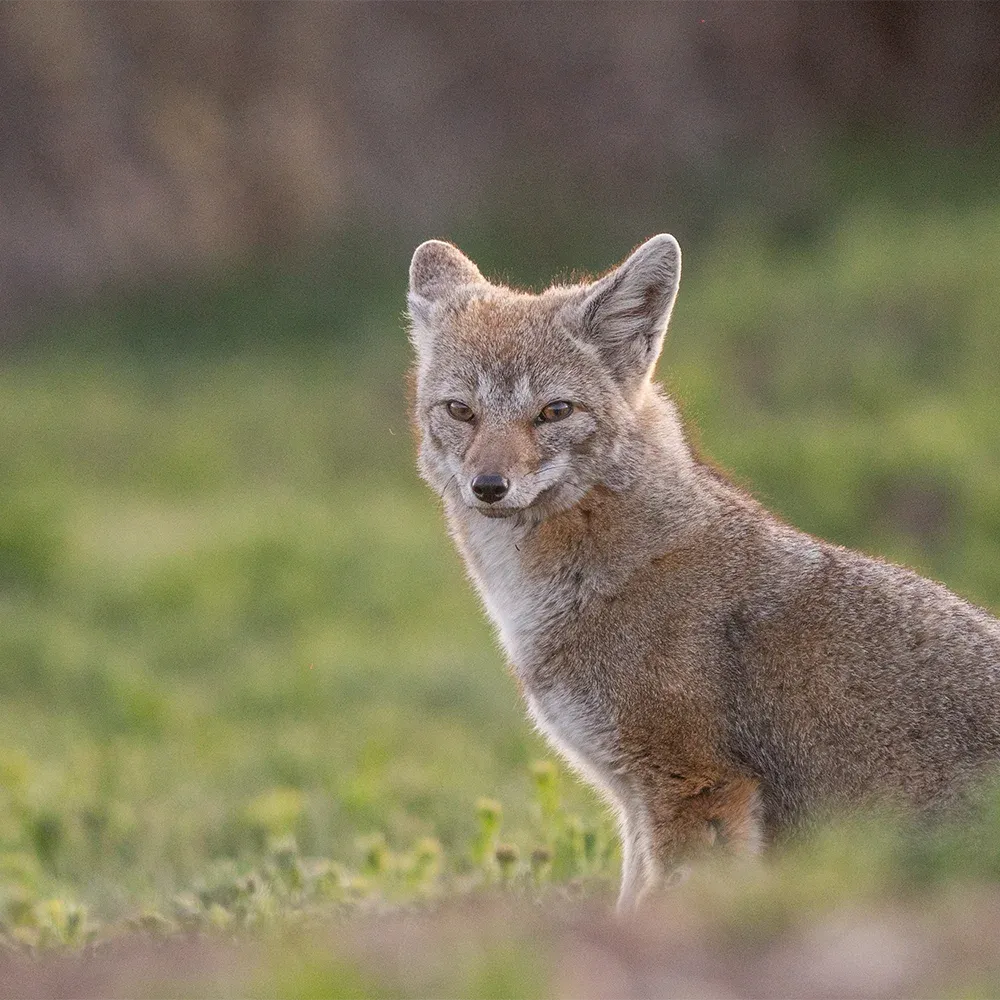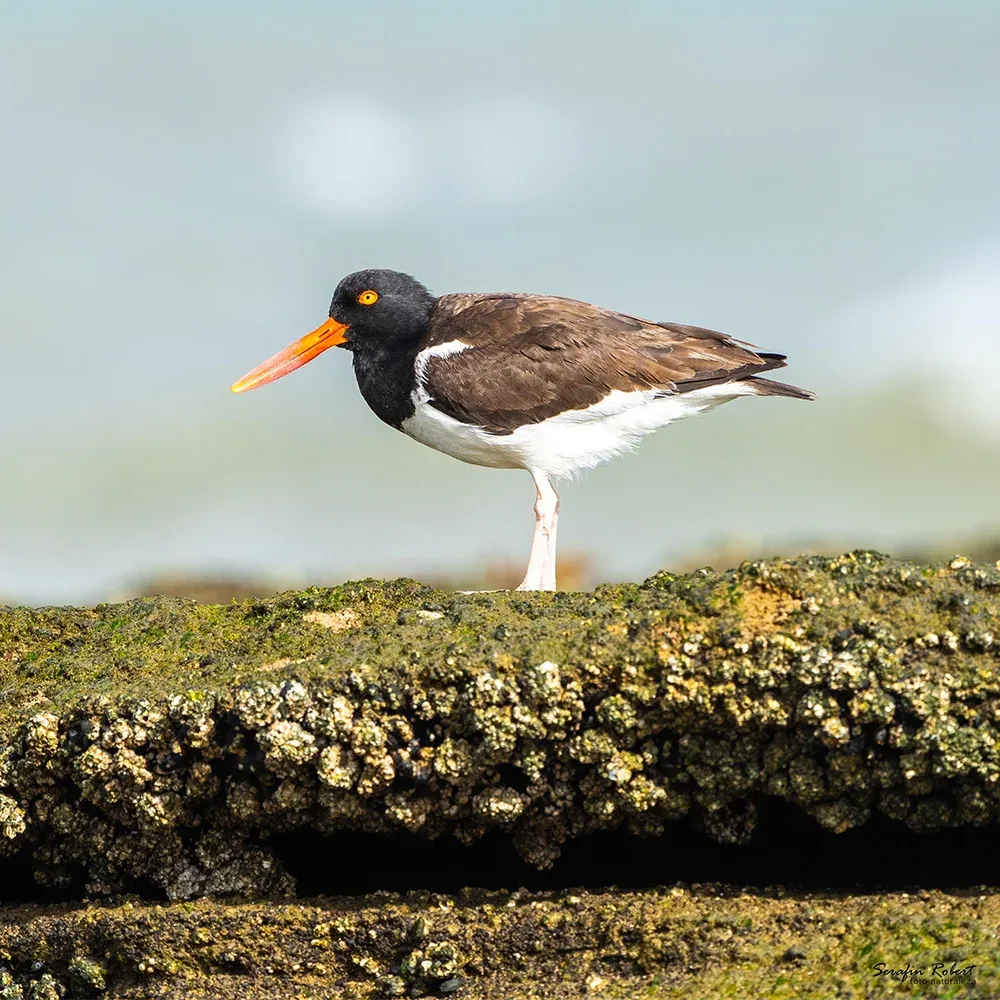IBERÁ PARK
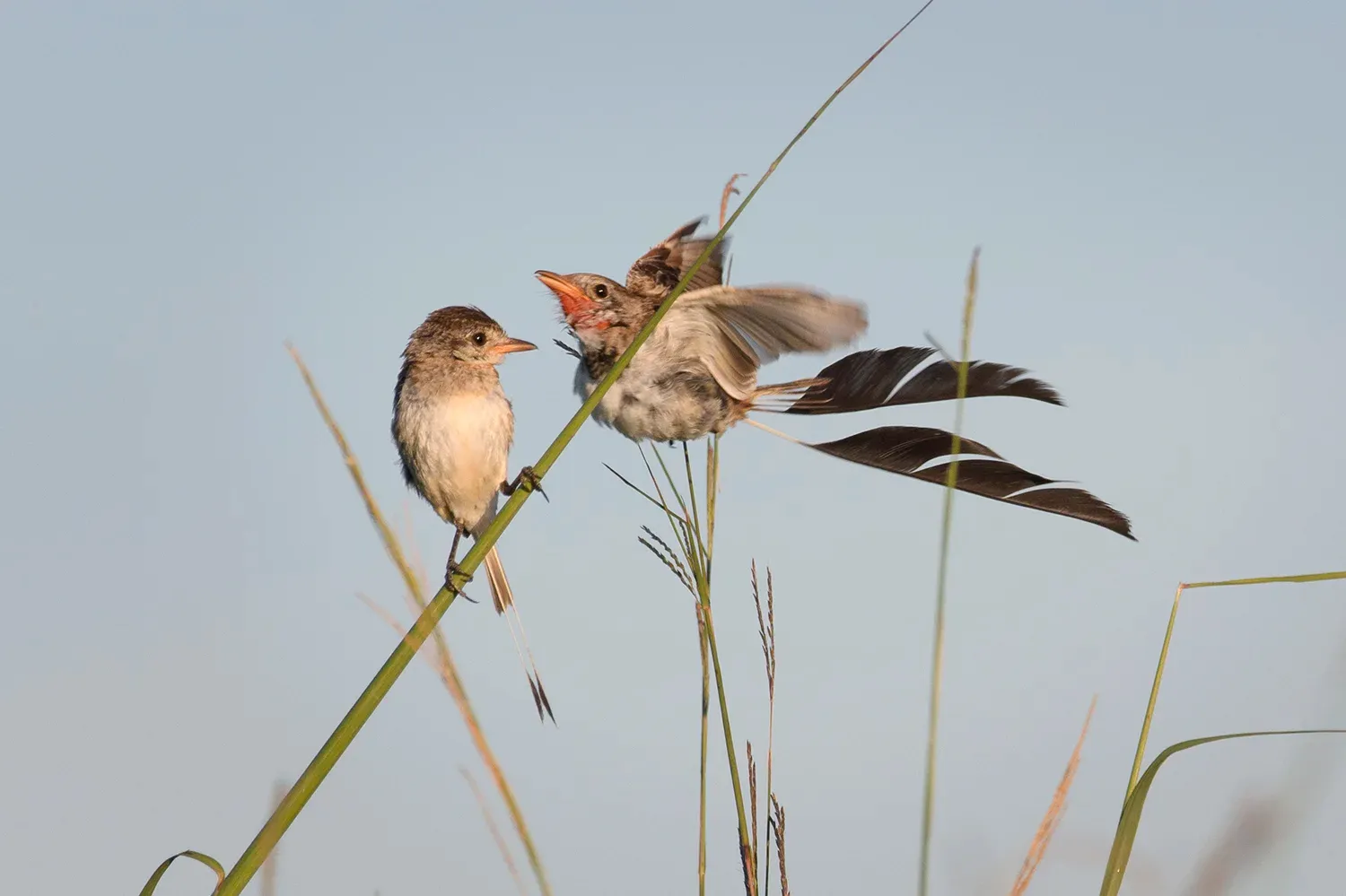
Come visit us.
Corrientes, Iberá Wetlands
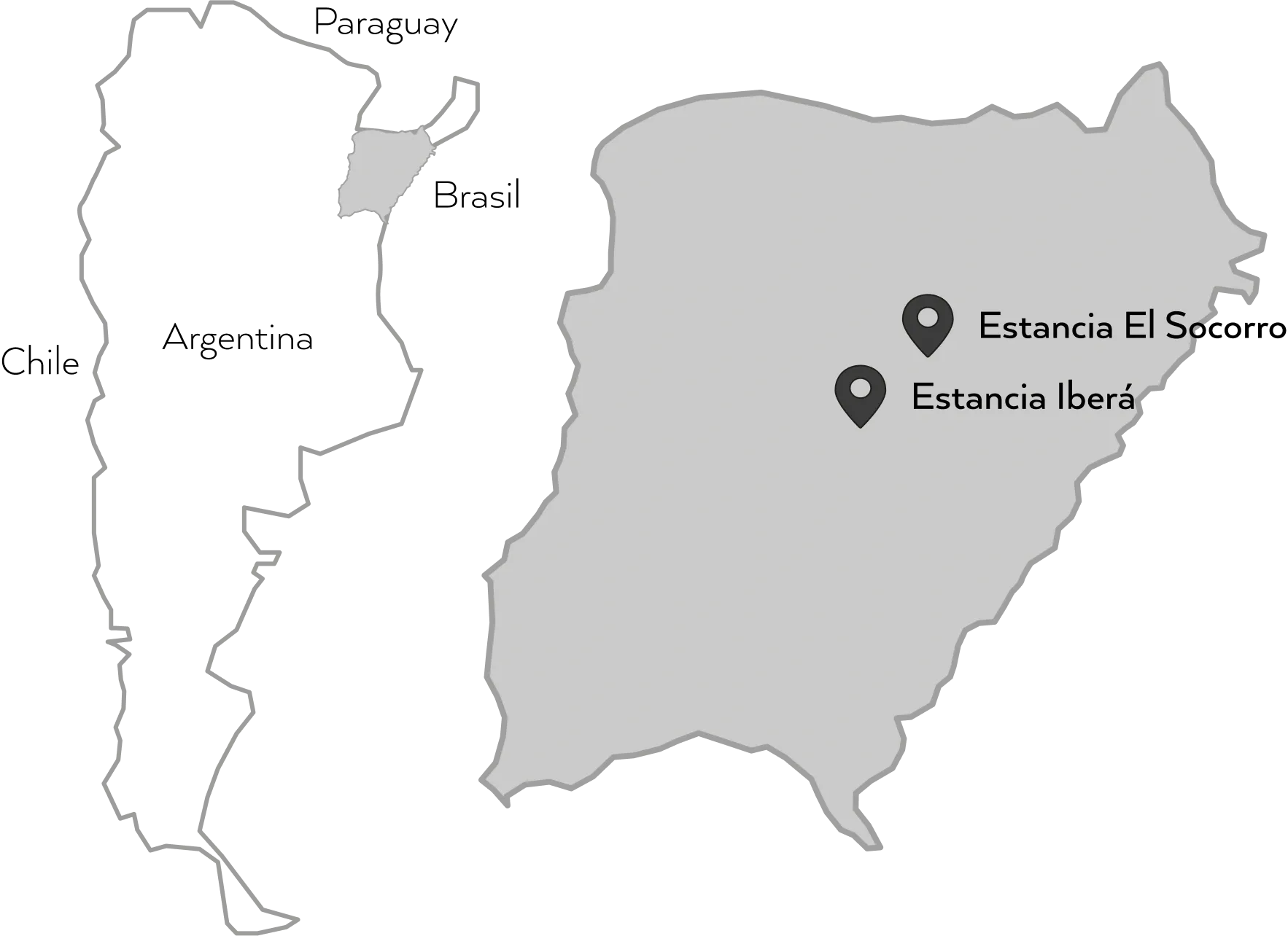
About the Iberá Wetlands
Geography
The Iberá Wetlands are the ancient bed of the Paraná River, a transitional landscape between the Chaco forest, the Paraná jungle, and the Espinal. They embrace vast alluvial plains and interconnected lagoons. This wetland ecosystem spans an area of more than 13,000 square kilometers. Its intricate networks of streams intertwine with a diverse topography of islands, grasslands, and water hyacinths. This landscape, shaped by the action of water, is unique in Argentina and sustains a varied fauna and flora.
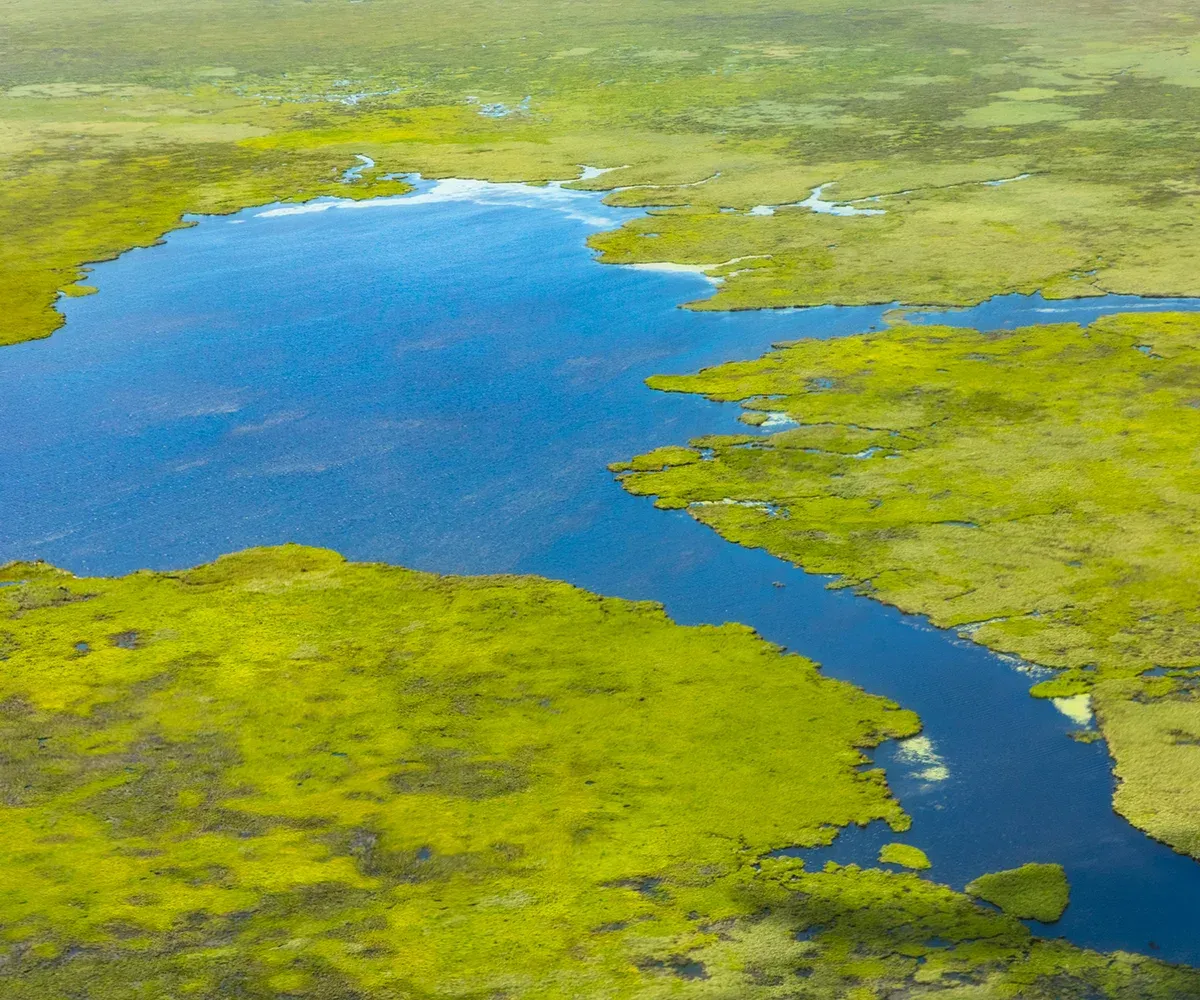
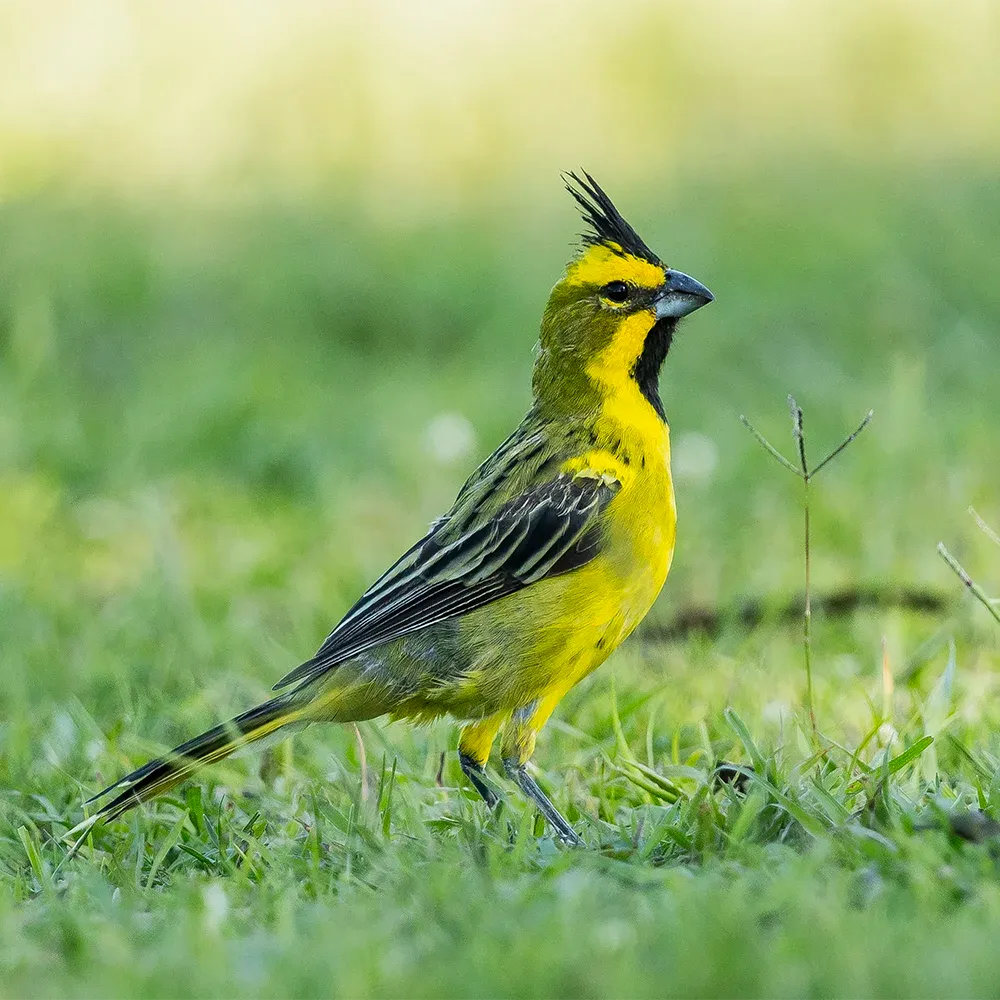
Flora & Fauna
In Iberá, there are 370 bird species recorded in the last 10 years. The vast grassland areas are the habitat of threatened birds such as the Strange-tailed Tyrant and the Black-and-white Monjita, as well as endemic species like the Iberá Seedeater. Also, the wetlands host a wide diversity of mammals; you can spot capybaras, marsh deer, pampas deer, peccaries, foxes, just to name a few.
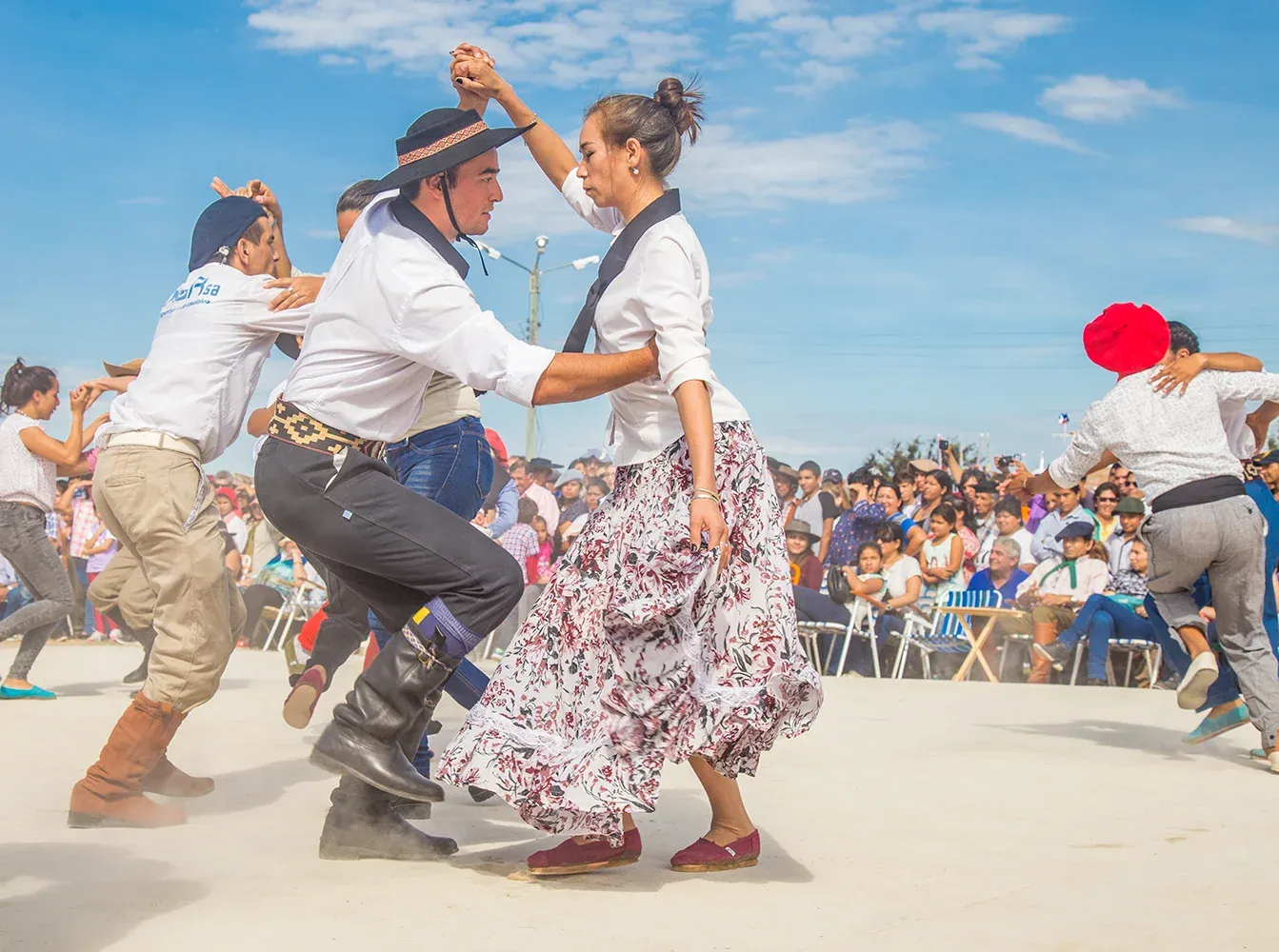
Culture
The culture of the Iberá Wetlands is a treasure rooted in the traditions of the mencho and the knowledge of the mariscador. Regional folklore intertwines with myths and legends that celebrate the richness of life in the wetlands. In this landscape, culture becomes a living testimony of the respectful coexistence between humans and vast nature, which is transmitted in the joyful spirit of the Chamamé.





